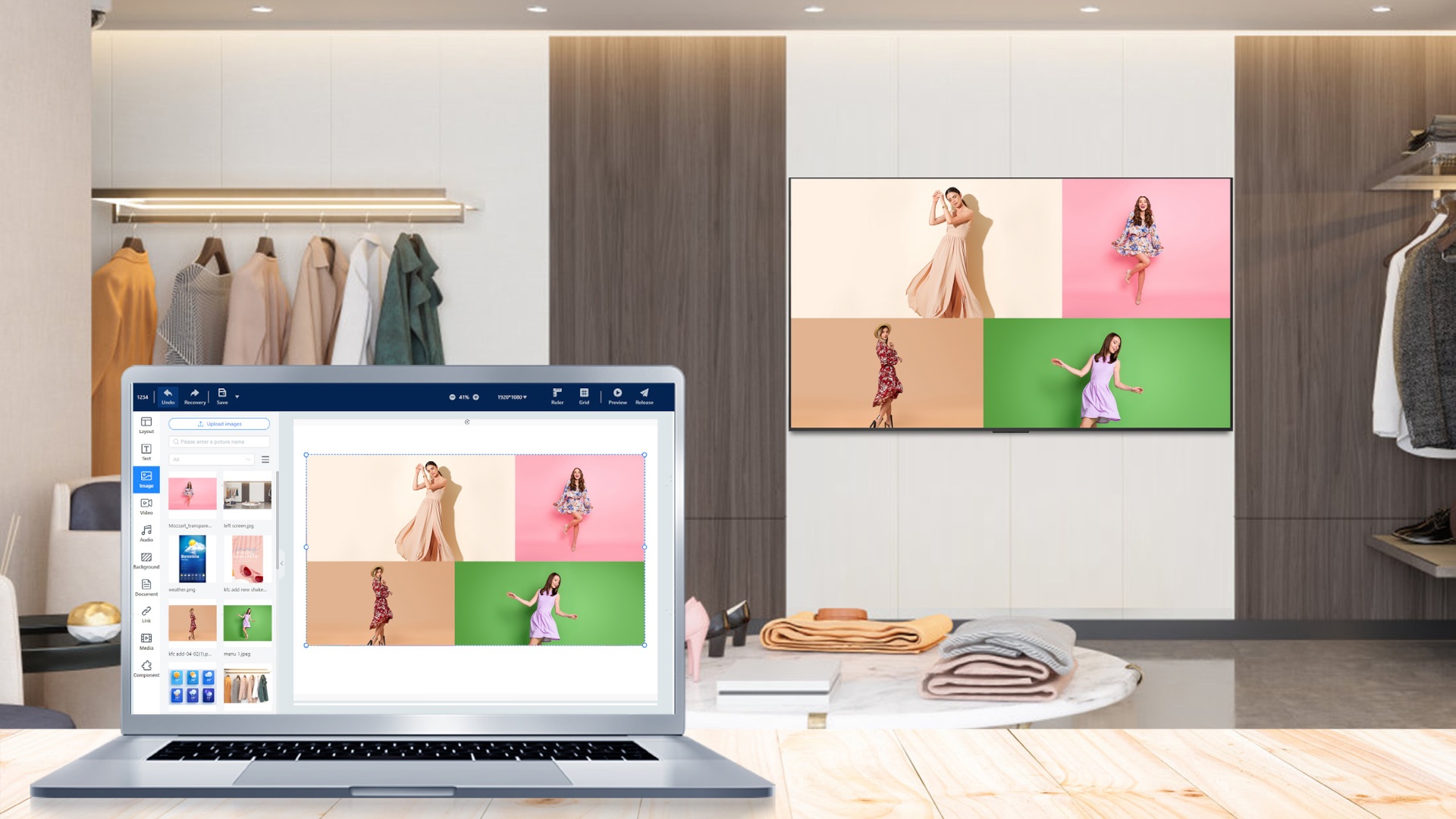Display manufacturers are increasingly using their own CMS platforms to generate recurring software revenue alongside hardware sales. Hisense’s new cloud-native Visioninfo platform offers is a CMS with remote device management functions on a modern tech stack. At first glance, it looks like a competitive offering.

Visioninfo: Hisense Launches CMS Platform
Hisense is one of the second-tier digital signage providers, offering the widest array of visual solutions. In invidis’ assessment, the Chinese manufacturer holds future potential for ascending to the top league of B2B hardware vendors.
Although they already rank as the world’s second-largest TV manufacturer in the consumer market, and have a strong presence in European household appliances following the acquisition of Gorenje, Hisense has yet to become the preferred choice for integrators and end customers in the B2B sector, particularly in digital signage.
Presently, Hisense lacks visibility and is primarily recognized, if at all, for its stadium projects at Schalke or PSG in Paris.
But the European head office in Amsterdam places a strong emphasis on the broad product portfolio of professional screens, including Android SoC, and increasingly LED. However, the current partner ecosystemthe current partner ecosystem – a necessity for B2B – isn’t yet comparable to top-tier visual solution vendors.
This is now supposed to change with the launch of Visioninfo – Hisense’s own digital signage platform. The launch was first reported by our content partner Sixteen-Nine. According to Hisense, Visioninfo aims to be a modern cloud-based platform with extensive CMS and remote device functionalities. What is striking to us is the RDM focus of the obviously newly developed platform.
Similar to Samsung with VXT, Hisense could use Visioninfo to particularly appeal to IT integrators who do not yet have a preferred digital signage CMS platform. On paper (download), Visioninfo sounds like an interesting alternative to existing market offerings, but only a test as part of the invidis Software Compass will show whether the platform can also be used sensibly in Europe. Stay tuned.
